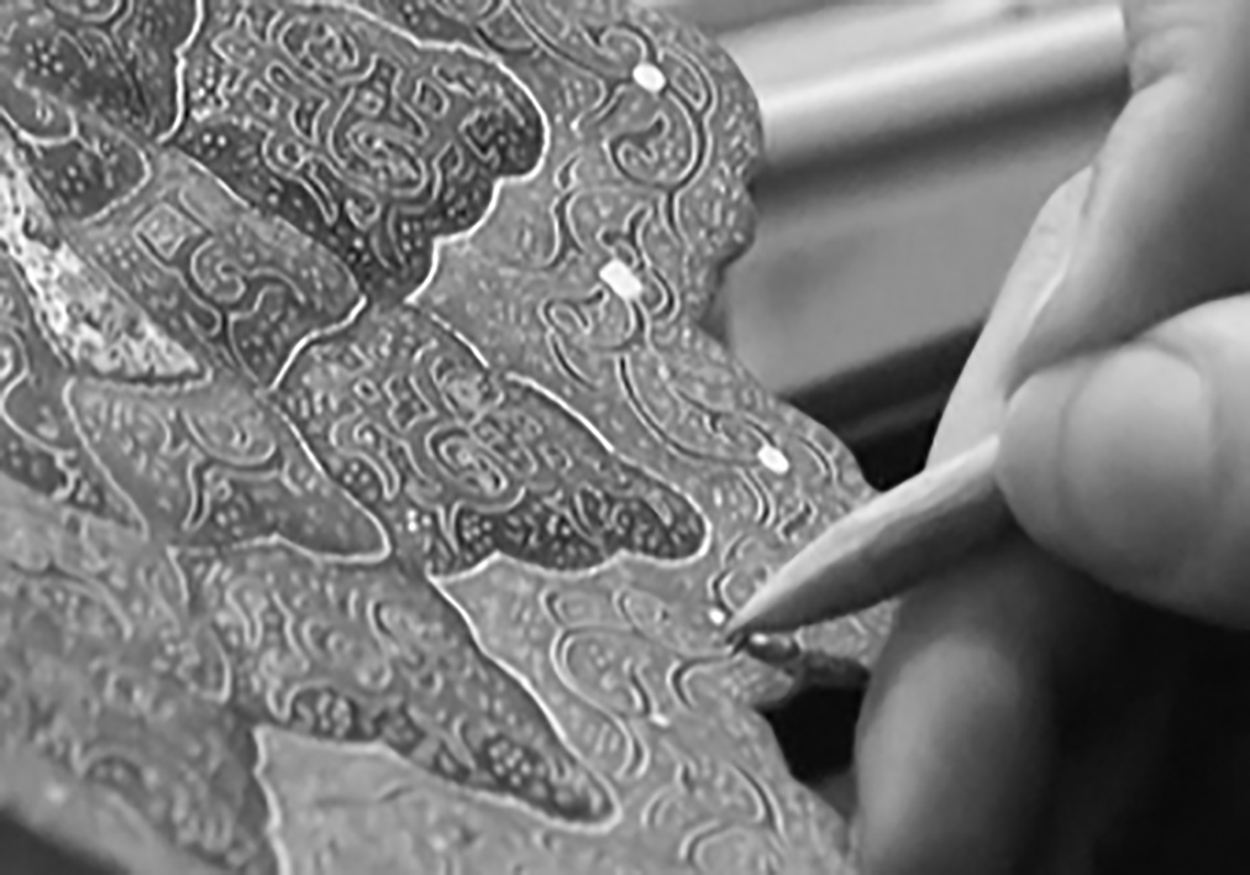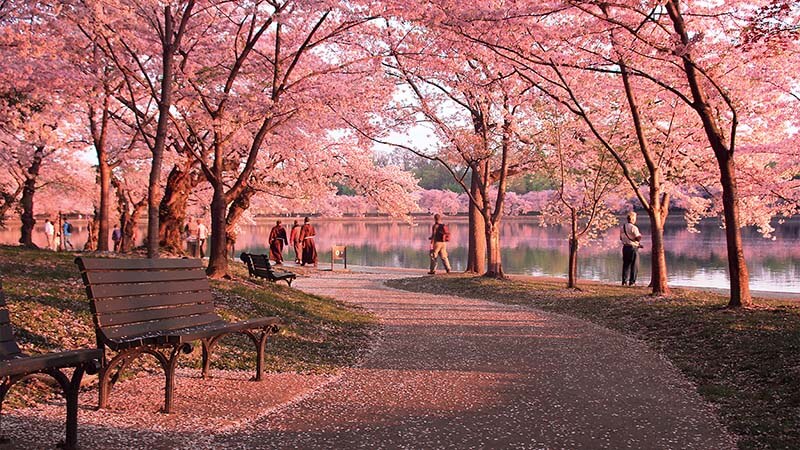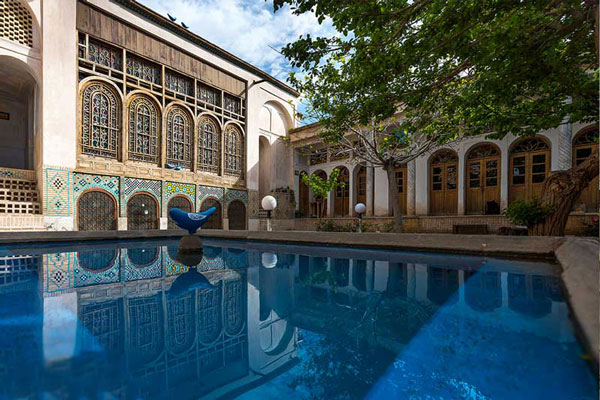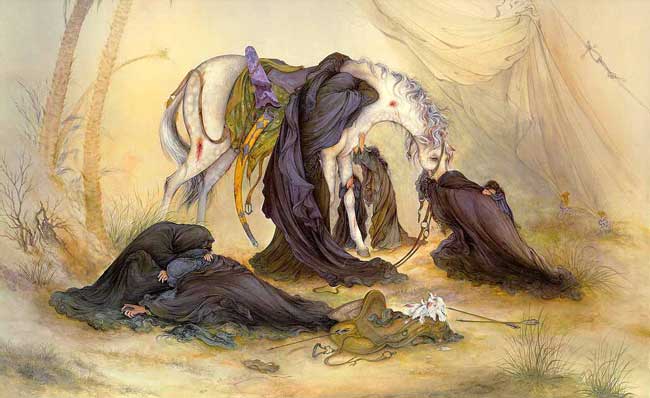Bridges of Isfahan at a Glance
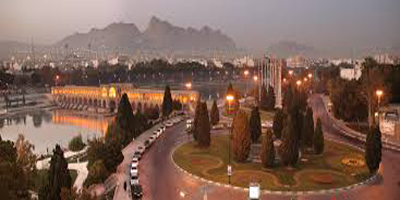
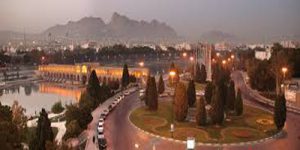
The city of Esfahan occupies both banks of Zayandeh Rud, and although only the northern part draws the tourists, the presence of river, running eastward right through the city is a most favorable feature. Trees and gardens (now mainly renovated into parks and promenades) line its shores, and the many ancient beautiful bridges carry heavy traffic to the modern plants and factories on the south bank.
Shahrestan Bridge
Shahrestan Bridge, about 3 km east f the Pol-e Khaju and to the south of Jay Bus Terminal and the old town, is the oldest bridge built before the Safavid period of Iranian history. Although of slightly harder access, it is well worth visiting, and the walk is pleasant. Once is stood isolated like an old gray mule put out to grass. Most of its present stone and brick structure is believed to date 12th century. It can be reached both from the left and rights banks. The structure, named after a neighboring Shahrestan village to the north, is a fine arched bridge, slightly incurvated with arches of varying sizes. Its massive abutment dates back to the Sassanian period; however, its arches and small spans show indications of early Islamic architecture. It is 100 m long and 4.6 m wide, with 11 spans and 12 gigantic stone abutments. It is not open to traffic. It was repaired during the Seljuk period. The landscape is very peaceful with clumps of poplar trees and pebbles rolling on the bed of the river which is fast running in this particular spot. Just before sunset is a very good time to visit or photograph it.
Si-o-seh pol
The most important north-south avenue of Esfahan is Chahar Bagh (Four Gardens), and the bridge used by this large highway is the famous Sio She Pol (Bridge of Thirty- Three Arches. Also called Allahverdi Khan Bridge. After the architect who built it). He commenced the structural works in 1602 by the order of Shah Abbas the Great. He was also the king’s Army Commander-in-Chief. The bridge is an extraordinary structure: 300 meters in length and 14 meters in width, serving both as bridge and dam (it is no longer used by traffic). It connects the Chahar Bagh with the Armenian settlement of New jolfa. Traditionally a number of Chiristian and Islamic ceremonies used to be held on both sides of this bridge.
Khaju Bridge
The historic bridges of modern Esfahan are of course Safavid, like the Maidan Each bridge coincides with a straight avenue running through the city from north to south . The best- known is the 132-m long Pol-e Khaju (Khaju Bridge), some which is Slightly smaller but even more attractive, with two levels of terraces overlooking the river. Form bank to bank, and on the foundations of an earlier structure by the order of Shah Abbas II in 1650 AD, this magnificent bridge has been constructed with two purpose in mind: to be used both as a roadway and a dam (by means of sluices, the level of the river may be raised or lowered at will). The original purpose of this dam was to form an artificial lake for some distance upstream, in front of the numerous palace buildings and Kiosks that stood on either side of the river. It is now used to raise the level of the river Sufficiently to fill irrigation canals on either side.
But its most fascinating feature are the pavilions set into the 12-meter width called Shah Neshin (Royal Parlors) and once decorated with faience and inscriptions .The famous tea- house under the bridge is currently closed but may reopened soon: this used to be one of the most atmospheric places in Iran to sit and drink tea or smoke the ghalian (hubble- bubble), surrounded by slumbering Esfahan manhood.
Sa’adat Abad Bridge
Between the khaju and sio she pol Bridge, there are two bridges on the river. The one which is nearer to Khaju Bridge is a canal bridge (or Pol-e Ju-i) crossing the river slantwise, Being a narrow bridge not used for public transportation, it is 147 meters long and about 4 m wide, which was originally used to connect the royal gardens on both banks of the rive, and has twenty one arches, Built during the Safavid period (Shah Abbas II), a narrow water brook (50 cm wide 50 cm deep) passed from its top, which doesn’t exist today.

